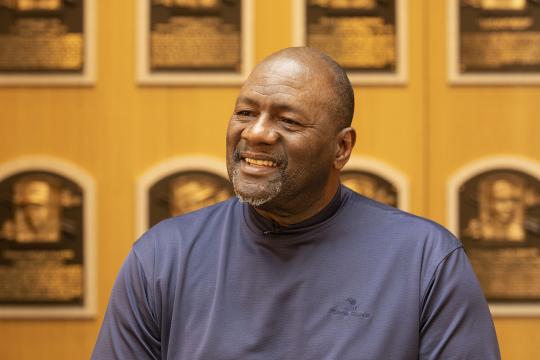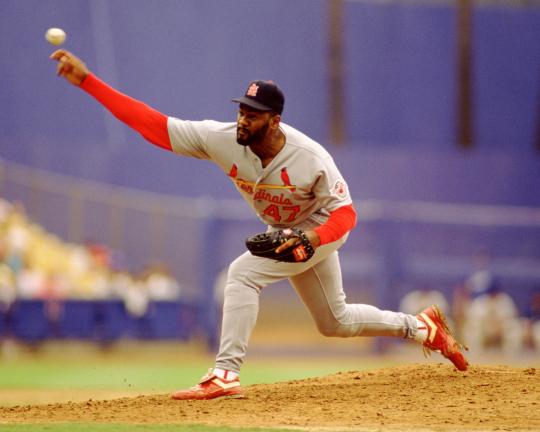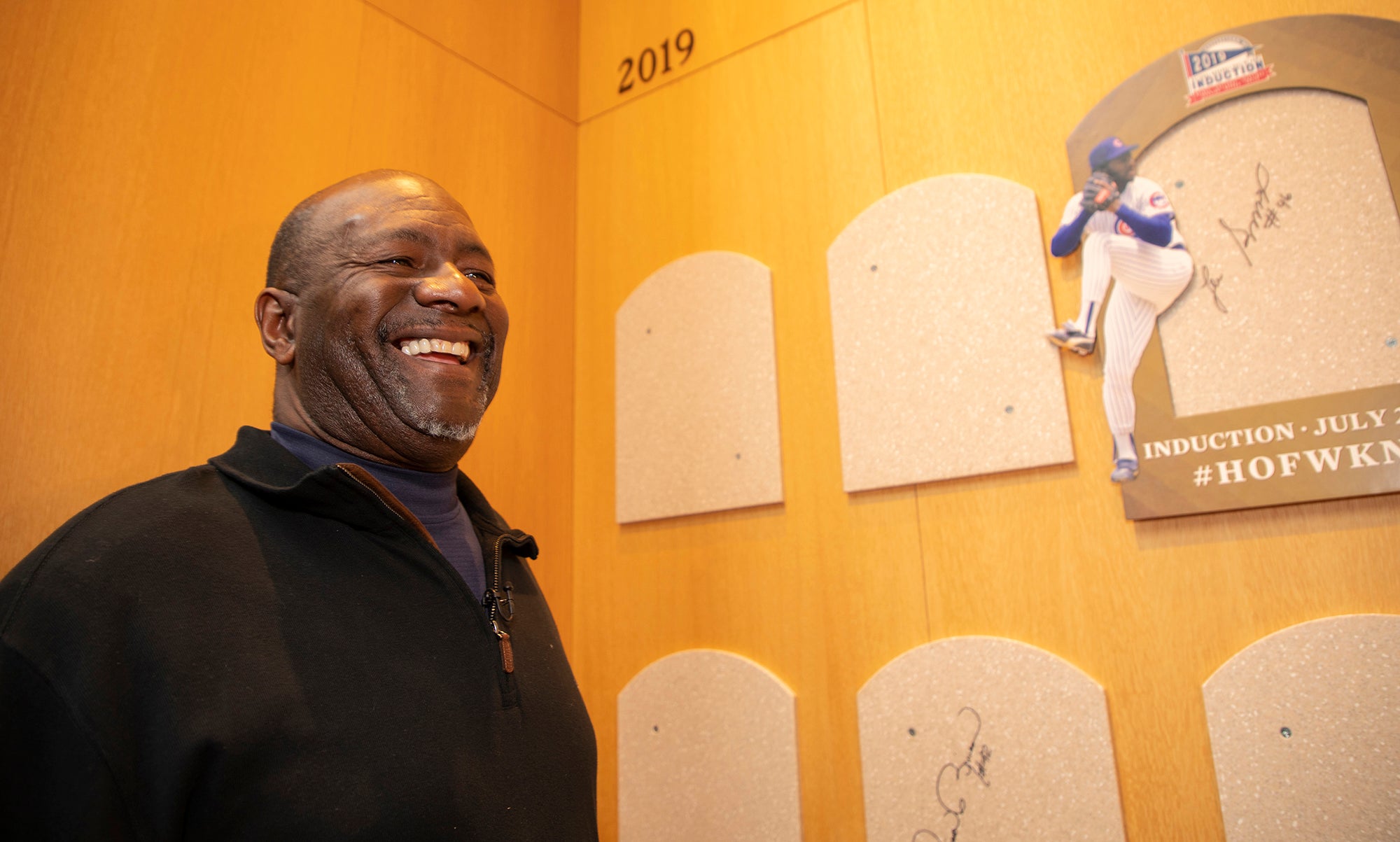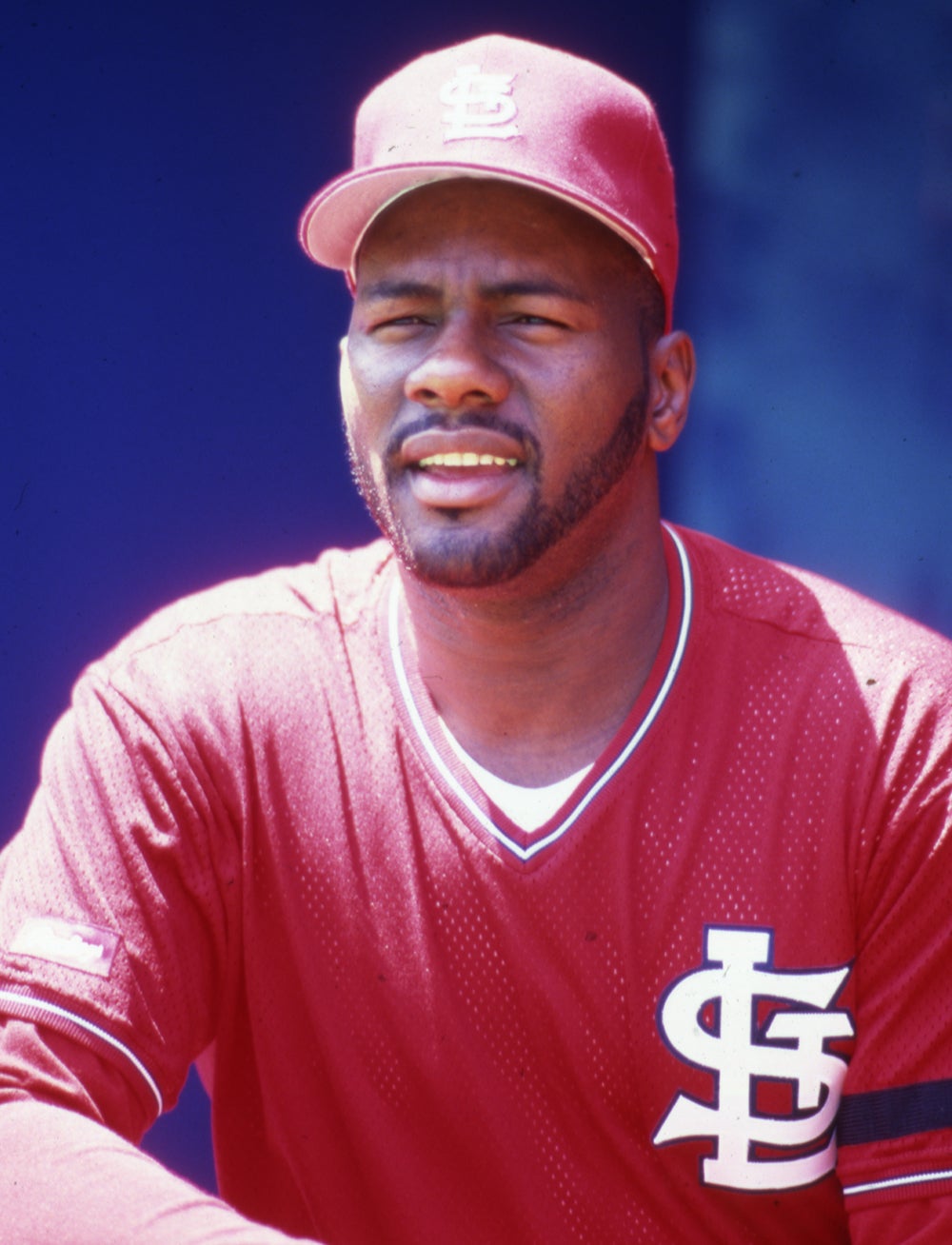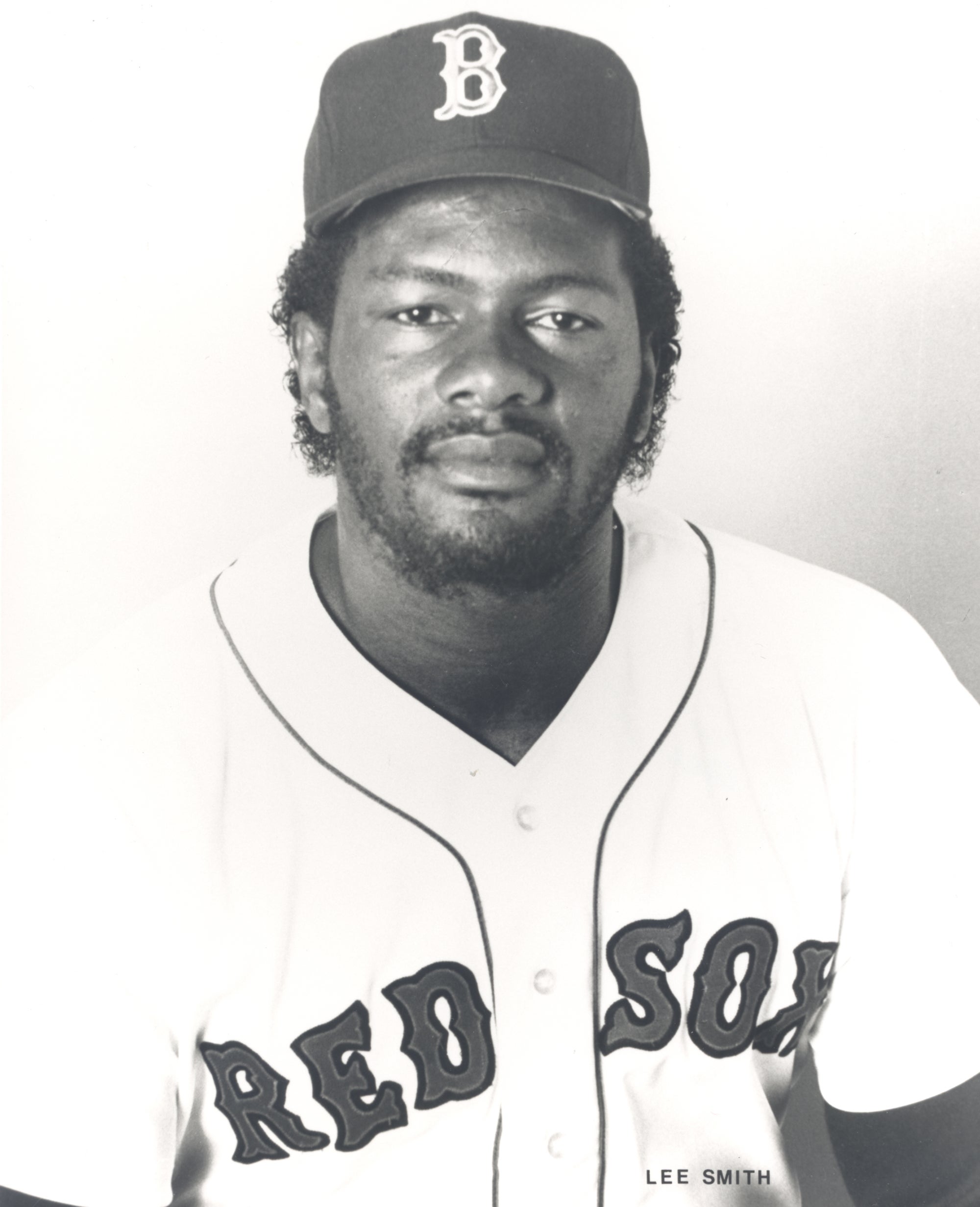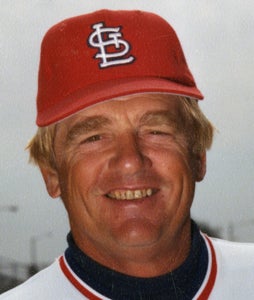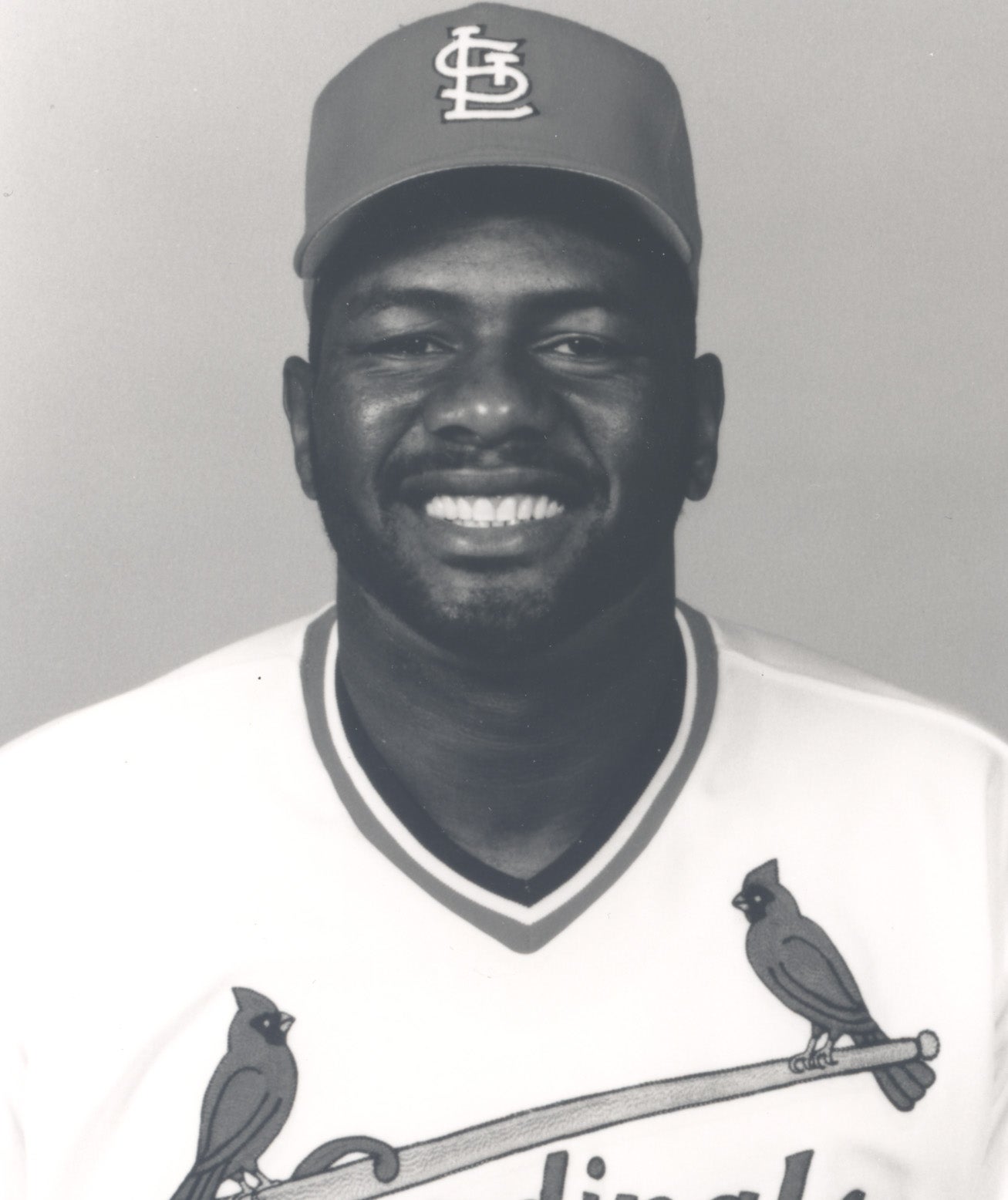- Home
- Our Stories
- Trade launches Lee Smith’s dominant run with Cardinals
Trade launches Lee Smith’s dominant run with Cardinals
The Cardinals knew they needed a closer for the 1990 season.
But it wasn’t until May 4 that they decided to go after one of the game’s best, acquiring Lee Smith from the Boston Red Sox in exchange for outfielder Tom Brunansky.
Hall of Fame Membership
There is no simpler, and more essential, way to demonstrate your support than to sign on as a Museum Member.
Dal Maxvill, St. Louis’s general manager, had been reluctant to part with Brunansky. But it became clear shortly before the deal was consummated that the club would not be able to sign him to a long-term deal, and Brunansky was set to become a free agent following the 1990 campaign. The outfielder wanted a no-trade clause but the Cardinals had a policy against offering them in their contracts.
And thus, Maxvill got to work, offering up Brunansky in talks with Red Sox general manager Lou Gorman, and by 4 p.m. ET on May 4, the deal was done. The Cardinals had their closer.
“Although [Scott Terry] has pitched well, over the long haul, I thought we might need that closer,” Cardinals manager Whitey Herzog told the St. Louis Post-Dispatch. “We felt that if we waited any longer, [Smith] wouldn’t be there. Now, this makes us pretty strong.”
At the time, Brunansky was mired in a 3-for-41 slump, batting .158. But Maxvill insisted that had nothing to do with the decision to deal him away, and viewed the trade as mutually beneficial.
“We needed a stopper guy, and they needed somebody right-handed to hit the ball a long way for them,” Maxvill said.
In Smith, the Cardinals got one of baseball’s best closers. The right-hander began his career with the Cubs, recording four straight seasons of more than 30 saves from 1984-87. Following the 1987 season, he was traded to Boston, where his run of success continued, as he tallied a total of 58 saves with the Red Sox.
Smith was 2-1 with four saves and a 1.89 ERA on the young 1990 season at the time of the trade. But the team’s desire to deal him away had little to do with his performance.
Closer Jeff Reardon, who they had signed in December 1989, was back to full health after dealing with a back injury, and opportunities for both relievers would likely have been limited going forward.
“I’m really pleased. Something had to be done here,” Smith said.
But there was no bad blood for Smith upon his departure from Boston.
“I’ll always have a place in my heart for the Red Sox. There’s not too many relievers who when they walk out to the bullpen have a whole section of fans bowing to them,” Smith said. “But I’m really looking forward to going to St. Louis. It’s closer to home. And I’ve always been a Whitey Herzog fan, the way he uses pitchers.”
The Castor, La., native would spend four seasons with St. Louis, experiencing some of the most prosperous years of his career. In 1991, he led MLB with 47 saves while finishing second in NL Cy Young Award voting, and then in 1992, he tallied an NL-best 43 saves and finished fourth in NL Cy Young Award voting while capturing his second of three consecutive All-Star Game selections. Over his four seasons in St. Louis, Smith posted a 2.90 ERA with 160 saves and 246 strikeouts.
Smith was elected to the Hall of Fame in 2019.
Janey Murray was the digital content specialist at the National Baseball Hall of Fame and Museum

